At BSM, where athletics dominate many students’ lives, participation in sports is something taken for granted. Athletes don’t often realize how quickly the cost of playing a sport adds up, especially at the elite levels that many BSM athletes compete at. The reality of the matter is that the cost for youth and high school athletics has risen to the point where the fees force great financial strain on families.
Equipment costs make up a large portion of this financial burden, especially as athletes enter the more competitive levels of their sport, when the highest quality equipment becomes necessary both for performance and for protection. “Starting at [the 8th and 9th grade levels], you need [the highest quality] gear. It starts to hurt if you have too weak of gear,” said senior hockey goalie Paul Lundberg.
The “gear” Lundberg mentions includes over $1,500 worth of goalie pads, which must be replaced every two years.
Alpine skiing causes similar problems in terms of the recurring equipment costs for elite athletes. Once skiers commit fully to excelling in the sport, it becomes essential that they purchase the top-of-the-line skis. “You can make it cheap, but if you’re going to compete at the next level, it’s going to be expensive,” senior skier Mary Grace Arndt said.
The financial strain is a burden that falls mainly on parents, and athletes often take for granted that their parents will buy them new gear the minute something breaks or stops fitting. “I don’t think hockey players at my age think of the cost often, which is something we should be thinking about,” junior hockey player Evan Fleming said.
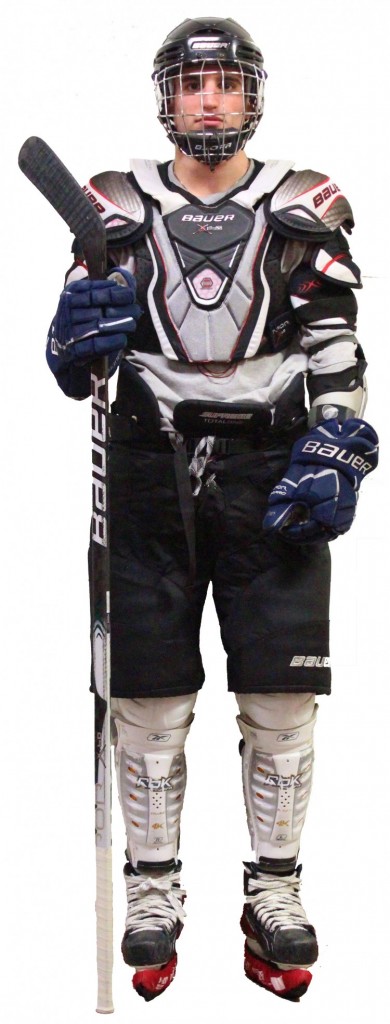
The cost for some families is simply too much of a burden for their children to play certain sports, especially at the elite level. “When you look at the demographics of hockey, it’s very popular in the Midwest and areas that are populated by people that have a lot of money. You need to have enough money to pay for all the stuff that comes with playing hockey, to build the ice arena; the resources for hockey are not cheap nor are they readily available,” junior hockey captain Kelly Pannek said.
As athletes become determined to make it to the next level, they often commit fully to only one sport. At this point, equipment can be key to helping their game. “With the [hockey] sticks nowadays, once you’re in high school, you can have the skill and strength to be able to use them to their full potential—that’s when it becomes worth it to purchase the more expensive gear,” junior hockey player Kaylee Druk said.
In high-level athletic atmospheres like BSM, there is also an increase in the pressure athletes feel to sport the newest models of equipment. This particularly applies to hockey, a sport in which style seems to matter almost as much as skill. “I think when you get older and are playing at a more advanced level, you feel pressure to have the nicest equipment, and at BSM it seems that the nicest [equipment] is also the most common,” Fleming said.
However, this pressure is not due to coaches’ mandates or even out of the necessity to have professional quality gear. Its source is the players themselves. “I think kids put enormous pressure on themselves to have the latest swag. That does not come from the coaches—the kids do that themselves,” said athletic director Jerry Pettinger.
Alpine ski coach Ms. Nicole Rasmussen tries to keep the cost down for skiers, but at a certain point, to see improvement higher quality skis are the only way to make a difference. Rasmussen encourages her skiers to purchase new skis once their technique is good and the skis are the only thing hindering them from getting better. “Any athlete could ski on a cheaper pair, but there is a point where the ski makes a difference,” Ms. Rasmussen said.
In addition to the high equipment costs at high levels, off-season training becomes increasingly imperative to be able to compete at elite levels, such as high school varsity. Though not always required by coaches, players feel that year-round training is necessary to remain competitive. Senior lacrosse captain Tyler Jacobson plays for an offseason traveling team, participates in one or two camps each summer, and has a personal trainer. “If you want to play past high school or compete at a high level varsity you probably need to do some sort of [off-season] program,” Jacobson said.
Elite off-season teams for sports like lacrosse and soccer nearly necessitate travel to and overnight stay in states where the sport’s teams are more competitive. California for soccer and the East Coast for lacrosse often host elite tournaments with national level competition. Each trip requires fees for airfare, lodging, food, and tournament costs. “If you really want to get into college [for athletics], elite programs and travel are necessary to get looked at because [lacrosse] coaches aren’t coming to Minnesota to look at players,” Jacobson said.
Arndt, who skis both for BSM and a program called FIS, or the International Ski Federation, travels internationally in order to improve year round. In addition to spending two weeks in Mount Hood Oregon, Arndt spent two weeks in Switzerland skiing last summer. In order to compete with skiers from places like Oregon, Colorado, and Canada, Arndt must spend the extra money to travel to snow in the summer, when skiing simply isn’t possible in Minnesota. “If you want to keep up with kids who can ski year round, you really should do all of these extra camps so you don’t fall behind,” Arndt said.
As elite players compete against one another for spots on various teams, athletes constantly worry about what their competitors, teammates, and often friends, are doing to get ahead. “I think the problem is, everyone has in their mind that if they don’t do it they’ll fall behind. There is so much pressure, and so much of ‘so-and-so is doing this so I should too,’” said hockey coach Mr. Dave Herbst.
Despite the drastically rising cost playing high school sports, BSM continues to try to take measures to make athletics an affordable part of every student’s high school career. BSM makes an effort to only charge athletes to play a sport if the sport requires outside facilities. “We never want people not being able to [afford a sport], and we can make arrangements to help cover it if necessary,” Mr. Pettinger said.
The Alpine Ski Team at BSM also tries to make a usually expensive sport more affordable for students in need, especially for students trying skiing for the first time. Athletes can exchange their old skis on a Google doc or buy used skis from alumni who no longer ski competitively. “I try to keep the cost the lowest possible,” Ms. Rasmussen said.
Sadly, in terms of the financial aspect, high school sports have changed for the worse. Which is especially unfortunate as participation in youth sports has been proven to raise grades, lower obesity, and contribute to the general well being of children and teens. “When I was growing up it didn’t matter how much money you had, where I lived there were a lot of kids who didn’t really have a lot of money, but they would just get a used pair of skates, and be rink rats––get really good––now it does seem to matter how much money you have,” Mr. Herbst said.








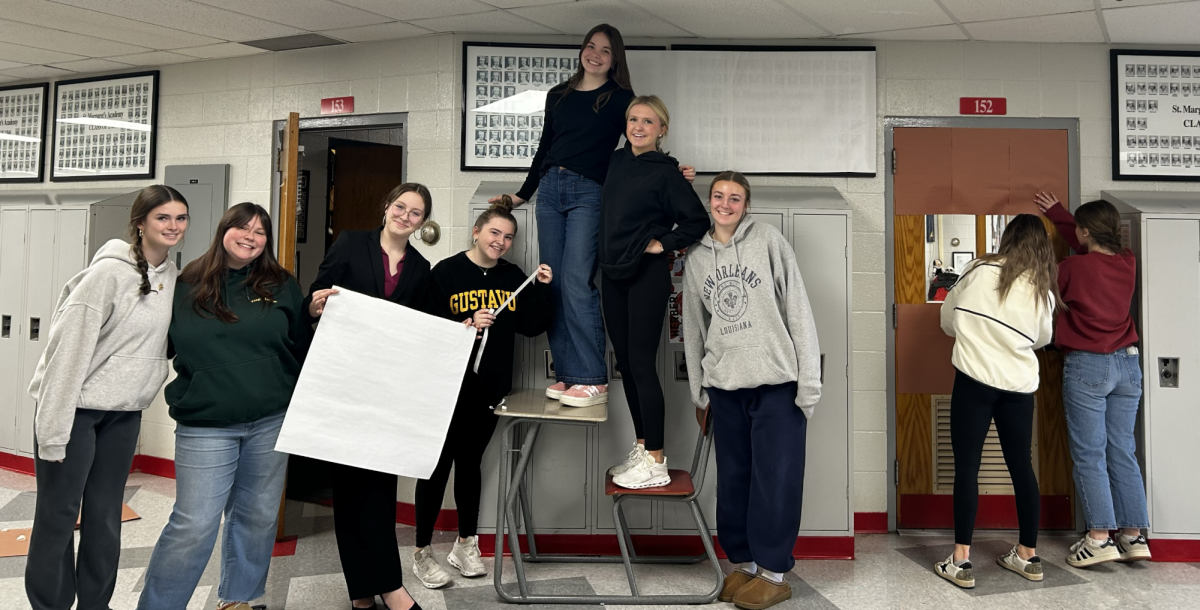



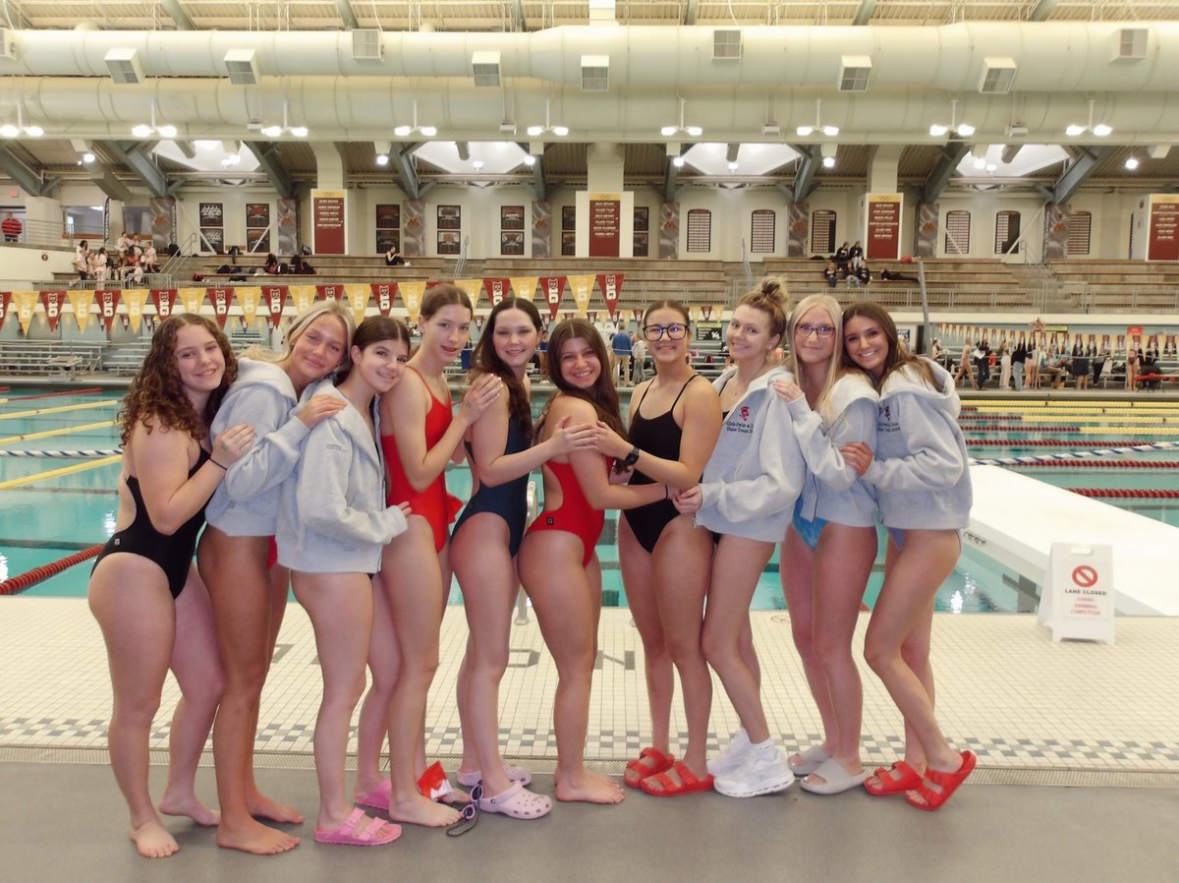
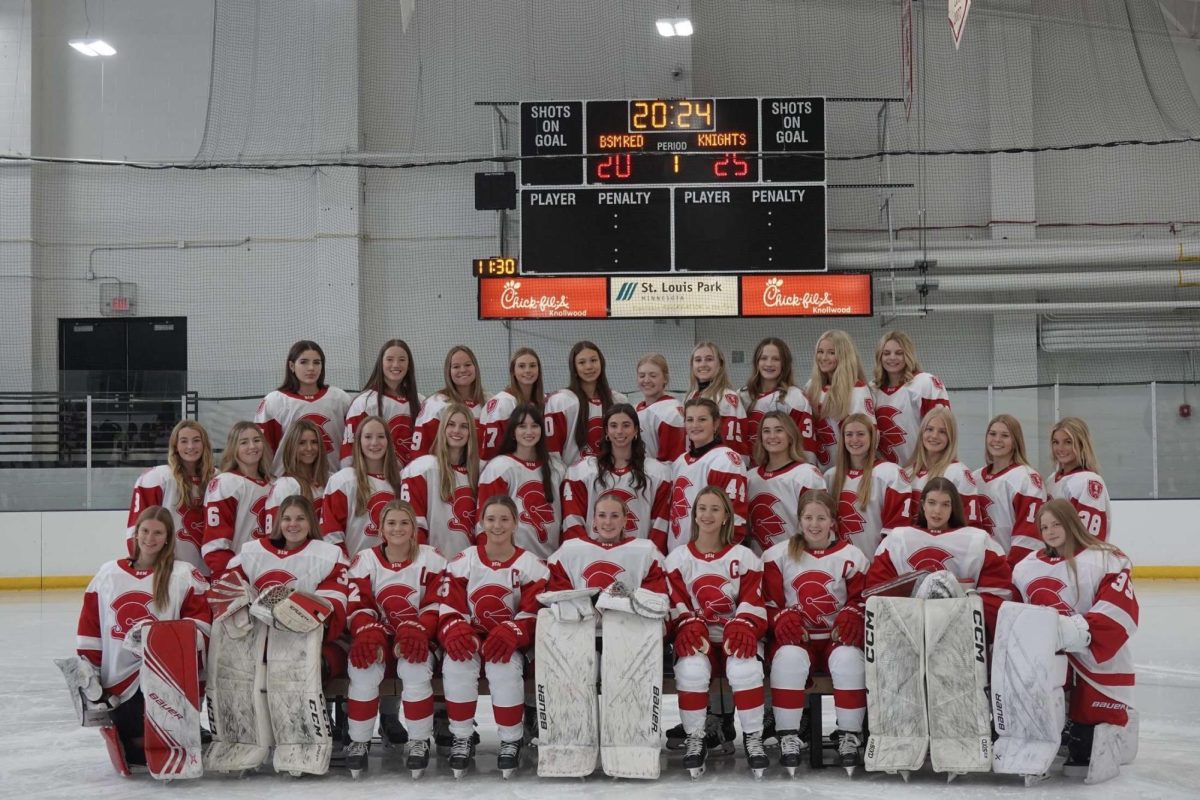
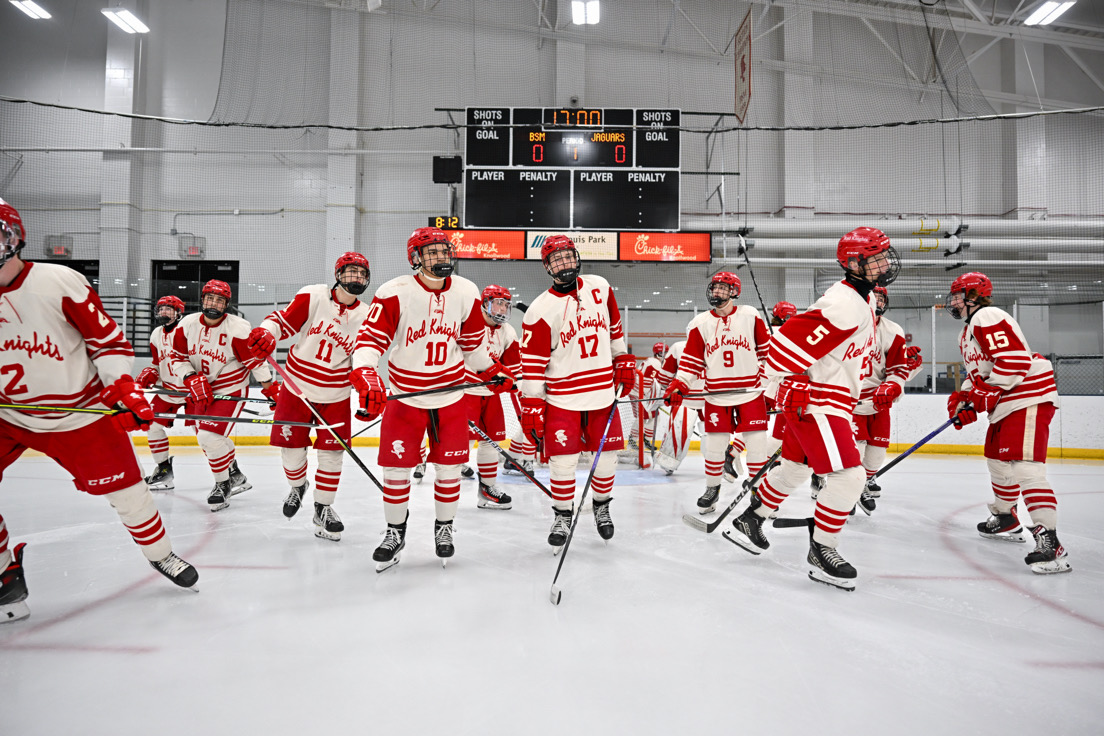
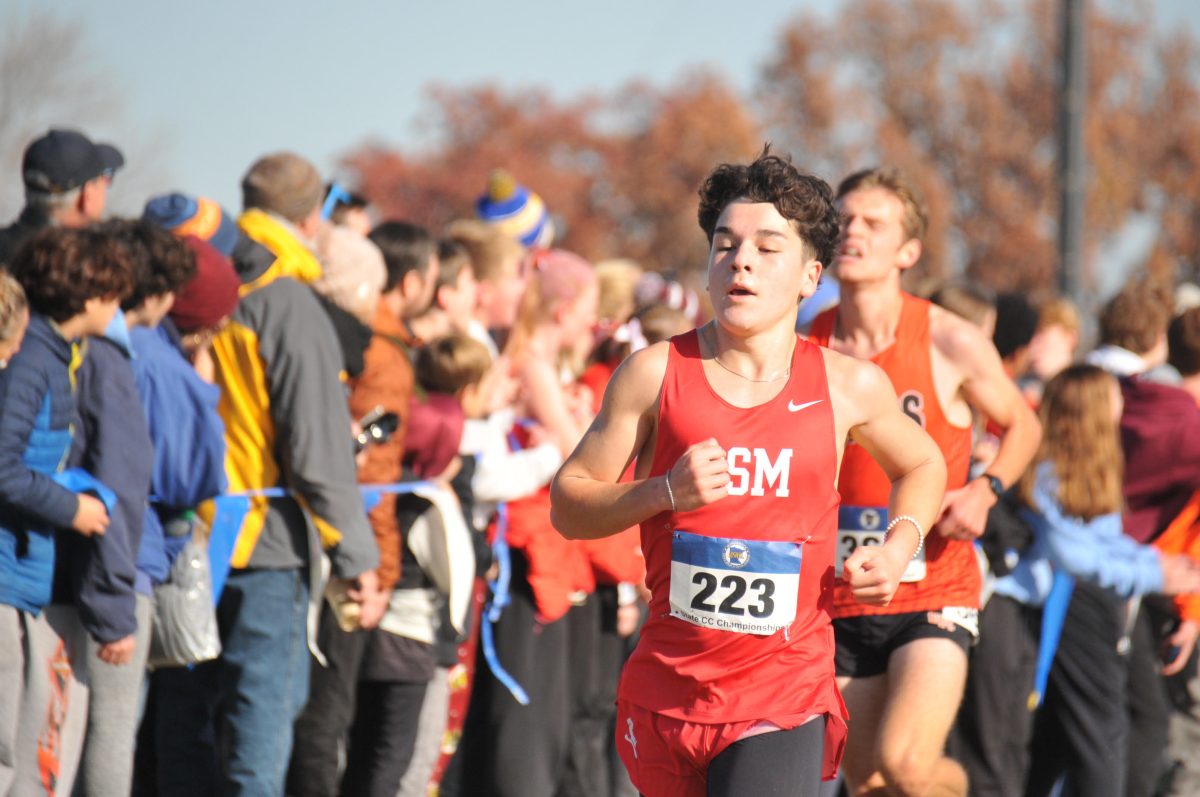



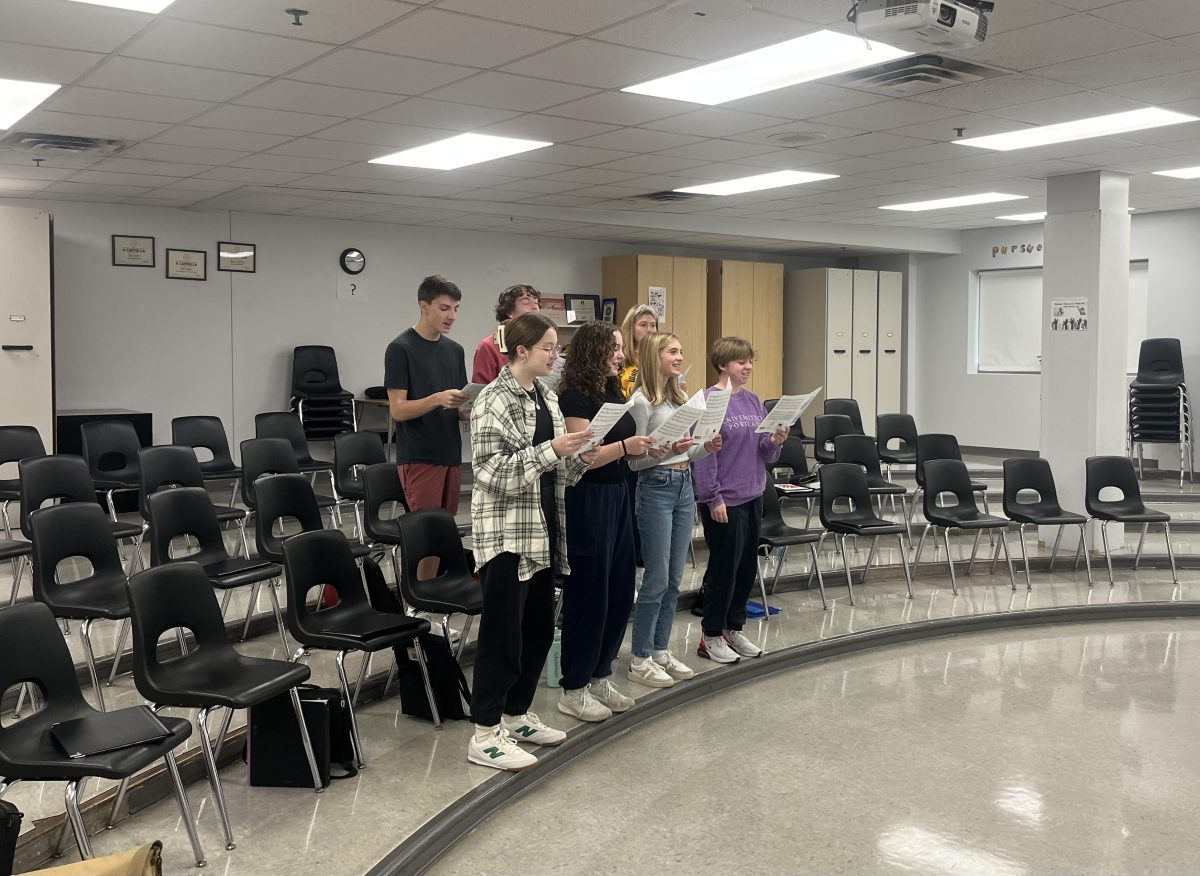



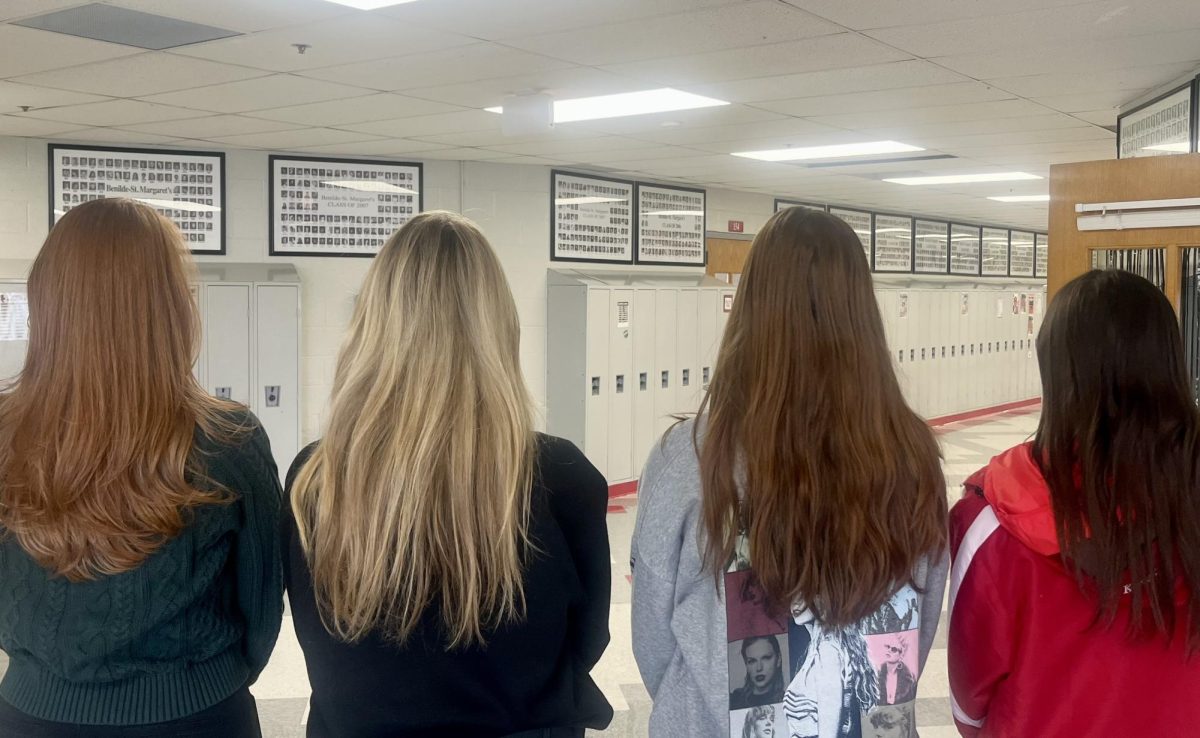

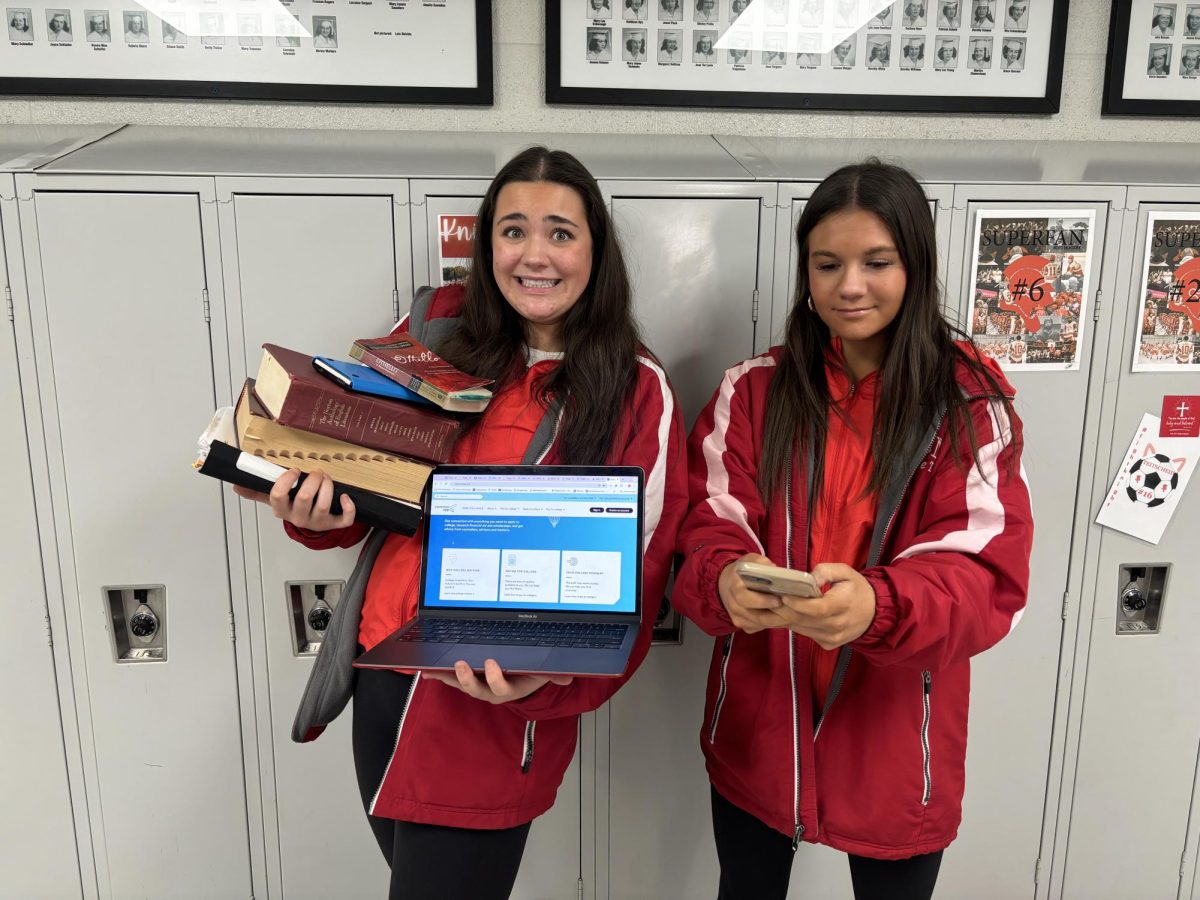











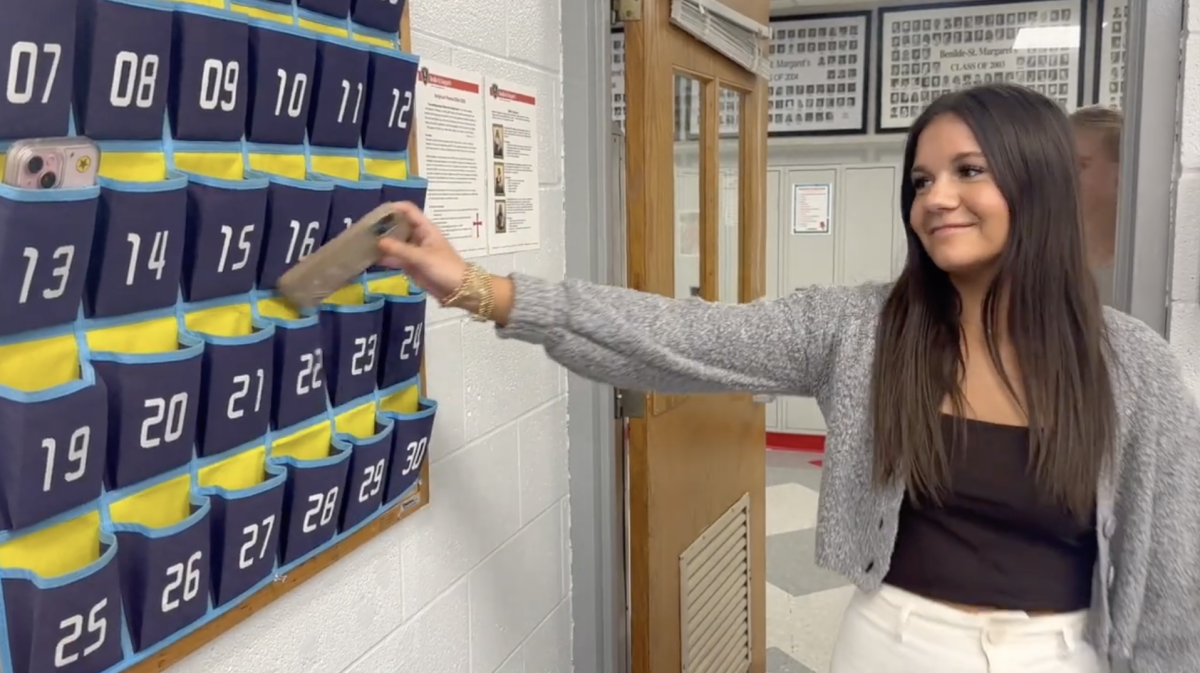



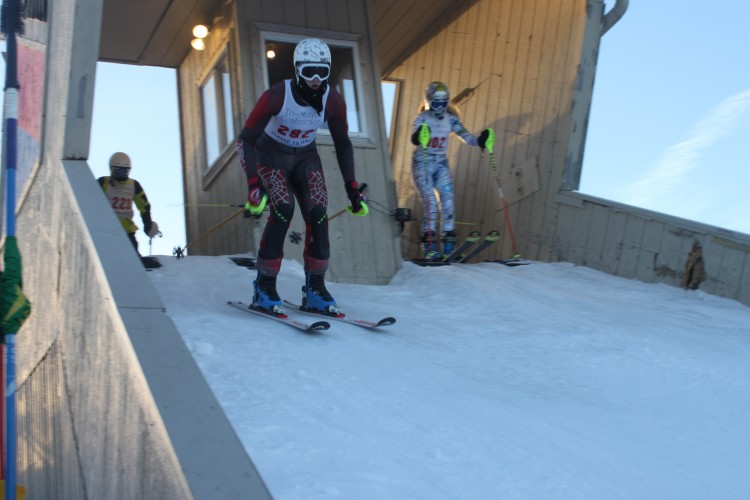

Mick Hawkins • Feb 1, 2013 at 9:15 pm
Great article, Anne.
I had no idea how expensive sports at this
level can be.
M. Hawkins